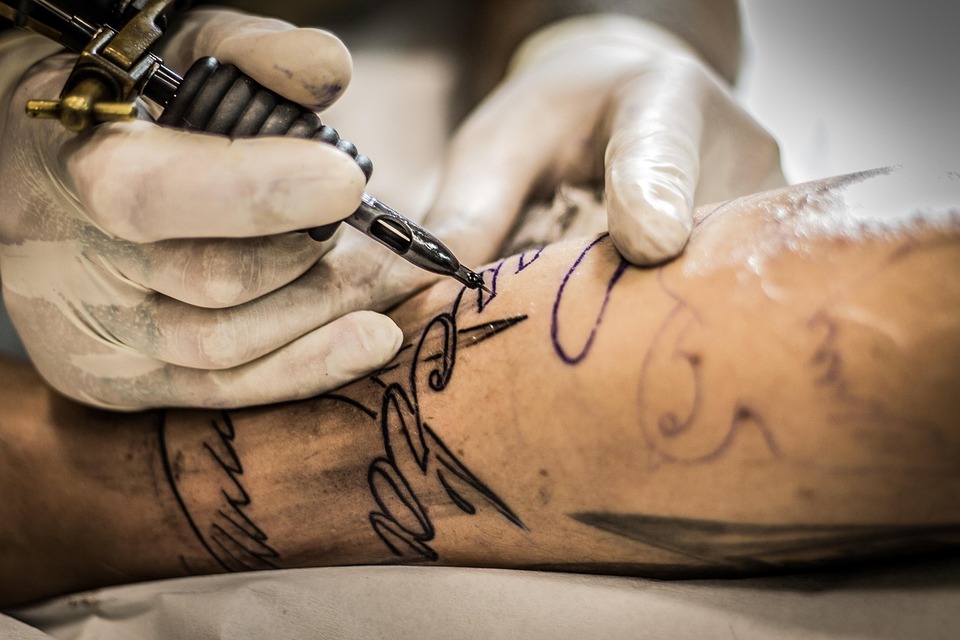Tattoos are not just ink on skin; they represent personal stories, beliefs, and milestones for many individuals. However, achieving the perfect tattoo is not always without its challenges. One common pitfall that both novice and seasoned tattoo enthusiasts may encounter is the phenomenon known as a “tattoo blowout.” Understanding what tattoo blowouts are, their causes, and how to prevent them is crucial for anyone considering getting inked.
What is a Tattoo Blowout?
A tattoo blowout occurs when ink spreads beyond the intended design during the tattooing process. Instead of remaining in the lines of the tattoo, the pigment seeps into the surrounding skin layers, creating a blurred and often unsightly effect. Blowouts can manifest as fuzzy lines, smudges, or even large ink spots that distort the original design. This can be particularly frustrating for those who have invested both time and money into their tattoos.
Causes of Tattoo Blowouts
Several factors contribute to the occurrence of tattoo blowouts, and understanding these can help in prevention:
1. Depth of Needle Penetration
One of the most common causes of blowouts is incorrect needle depth. Tattoo artists are trained to place the ink within the dermis, the second layer of skin. If the needle goes too deep into the subcutaneous layer or too shallow into the upper epidermis, the ink can easily spread beyond the intended design.
2. Body Placement
The location of a tattoo on the body can also influence the likelihood of a blowout. Areas with thinner skin, high mobility, or increased heat—like the elbows, knees, or armpits—may be more susceptible to blowouts because the skin may stretch or move differently during the tattooing process.
3. Ink Quality and Type
The quality and viscosity of the ink used can play a significant role in potential blowouts. Thicker inks may not settle right and can spread more easily, while lower-quality inks may contain impurities that lead to unexpected results.
4. Tattoo Artist’s Technique
An artist’s experience and technique are crucial in preventing blowouts. Inexperienced tattoo artists may struggle with needle control, resulting in deeper or more variable ink placement. A seasoned artist will have a better understanding of skin anatomy, needle pressure, and motion, which helps to minimize risks.
5. Post-Tattoo Care
Improper aftercare can exacerbate the effects of a blowout. If the tattoo is not cared for correctly, the healing process can affect how the ink settles in the skin. Excessive rubbing, scratching, or exposure to sun can increase the risk of the design degrading.
How to Prevent Tattoo Blowouts
While there is no foolproof way to guarantee a blowout won’t occur, several measures can significantly reduce the risk:
1. Choose an Experienced Artist
Research and select a tattoo artist with a proven track record and positive reviews. Pay attention to their portfolio, specifically the clarity and precision of their lines and colors. A skilled artist will have a deep understanding of skin types and needle placement.
2. Discuss Design Parameters
When planning a tattoo, have an open discussion with your artist about the design, placement, and potential challenges. Some designs may be more prone to blowouts depending on their intricacy and location on the body. Your artist can help you choose a design that minimizes risks.
3. Follow Aftercare Instructions
Proper aftercare is vital in ensuring that your tattoo heals well. Follow your artist’s guidelines for washing, moisturizing, and protecting your tattoo during the healing process. Avoid sun exposure and refrain from picking at scabs to allow for a clean healing.
4. Be Mindful of Placement
If you’re particularly concerned about blowouts, consider the placement of your tattoo carefully. Areas of the body that are more stable and less prone to movement (like the upper arms or back) are generally better choices for intricate designs.
5. Get a Test Tattoo
If you’re considering a larger tattoo or a complex design, you might opt for a smaller test tattoo first. This can help both you and your tattoo artist gauge how your skin reacts to the ink and technique.
Conclusion
Tattoo blowouts can be a headache for anyone wanting to commemorate special moments or express their identity through body art. However, with the right knowledge and precautions, the risks can be minimized. By understanding the factors that contribute to blowouts, selecting a skilled artist, and following proper aftercare, you’ll be well on your way to a tattoo you can proudly wear for years to come. Embrace the art form, but stay informed and proactive for the best results.
